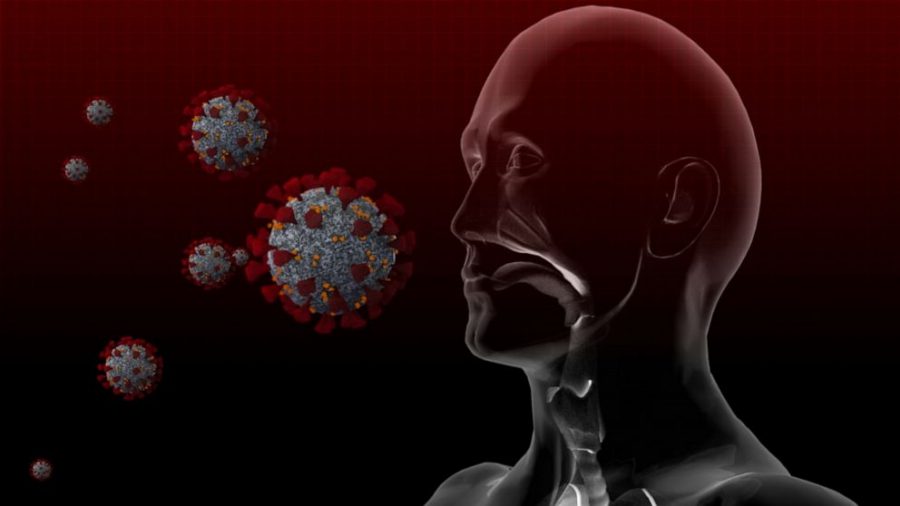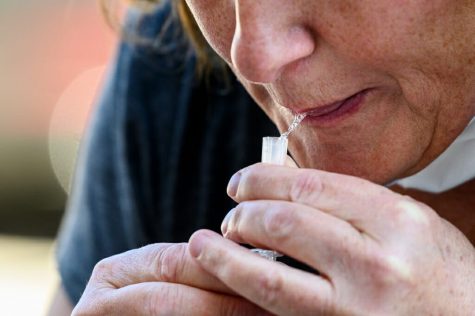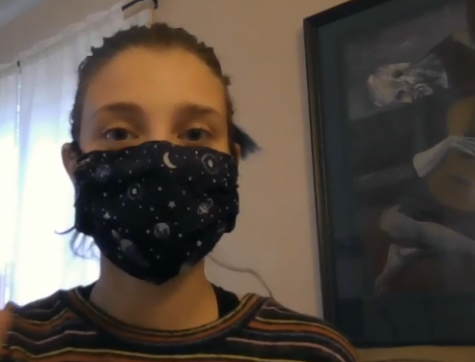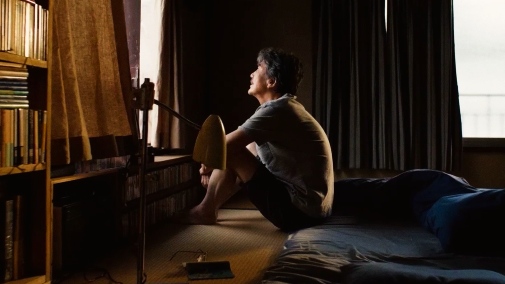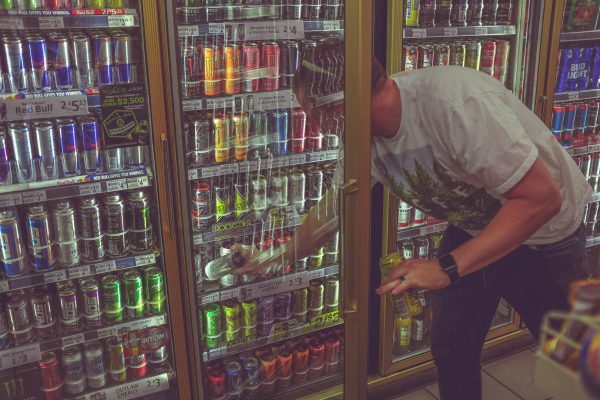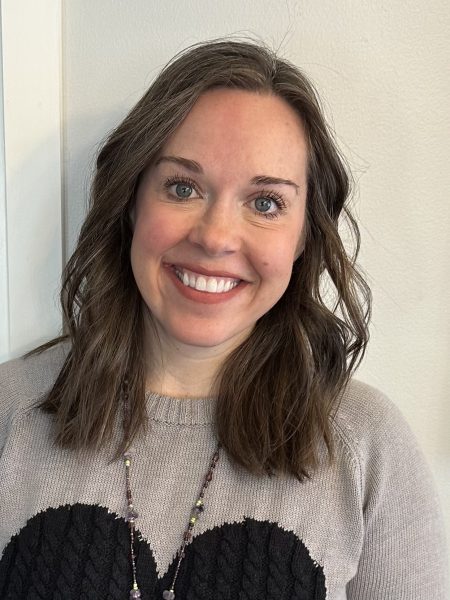Student survival guide: preventing COVID-19
A review of forgotten common sense fundementals for before and after vaccination.
March 3, 2021
Picture someone sitting outside a coffee shop, enjoying an iced white chocolate mocha with whipped cream, when they suddenly feel a mist hit their skin. It’s not raining out. The sun is shining. It’s a nice day. That is why they’re outside.
They look around to see a person flinging a mask off from their face and realize the mist came from their mask. What would they think? Is this my last iced coffee? Should I have gone with a Bavarian coffee instead?
It is hard to see 20/20 when 2020 has been so blurry in terms of accurate information. Public health officials have asked people to be responsible for preventing the spread of the coronavirus.
It has come to the point that even searching for information from credible websites and institutes has become a caution as far as health and safety.
Scientists say the we aren’t out the woods yet. And just like in a fairy tale story, there is a witch waiting with a poison apple, and she only offers takeout services.
While politicians on Capitol Hill try to figure out how best to stay in office, with their white colored shirts traded in for cardigans and pull overs, slippers and pajama pants, the lapels of the blue color workers still turn brown with sweat and the bullshit that runs downhill from it. Who is out for the interests of the working class? The working class themselves.
With the misinformation coming from our own government, it is completely up the individual to gather credible information to safeguard themselves from potential contamination in these unprecedented times. Because, bluntly, after what the United States has experienced this year, how can any person trust the executive branch? United we still stand alone and not ready to say cheers to a healthy cocktail of household disinfectants.
The plan to flatten the curve has gone bust and turned into ramp reserved for Evil Knievel, and what he’s jumping over is a catacomb of retrospect from a country-wide death toll exceeding a quarter-million lives.
Waiting to be vaccinated or to build an immunity isn’t good practice.
We did this to ourselves, Minnesota. Foundations must be reconstructed. So, let’s revisit some basic COVID-19 fundamental prevention practices, lest we practice the best route to the hospital.
On masks
“If we really want to get back to normal we need to adhere to the science and follow it,” said Patricia Johnson, a lab assistant for the Practical Nursing program at Anoka Technical College. Johnson has 27 years of nursing experience. And like most people, she wants this over with.
There is a lot of information on the internet about face masks, what material to use, how to properly wear them, which is scattered about on different websites.
Respiratory protection is the key point to wearing a mask. The coronavirus spreads through the air, and enters through the mucous membranes of the mouth, eyes, or nose, leading to a severe acute respiratory syndrome, or SARS.
A mask, “When worn it should be sealed around the nose and mouth. Any gaps around the mask could allow droplets to leak out and potentially infect another person,” Johnson said.
Until wearing a sneeze guard fit for a salad bar becomes in vogue, learning how to take off a face covering isn’t a bad idea.
Pull the mask off carefully. Don’t fling, flick or pull a mask off from one side. Doing so can cause the collected particles and droplets to be released into the air. This also nullifies the intended purpose of wearing a mask in the first place and turns the mask into an elastic mucous infused projectile that could be used for short ranged chemical warfare.
Not many individuals know how to correctly take off a face mask in these COVID-19 times. Call it a lack of information, a lack of consideration, whatever. However, it is important as masks collect the particles people breath out.
When a mask is not being used, it should be tucked away in a pocket or bag until it is ready to be used again. Do not place it on a table or other surface where food will be served.
Don’t forget, “Wash your hands before putting your mask on and taking it off. I personally disinfect my hands before and after taking my mask off.”
Choosing the right mask
There are five criteria in which masks are tested: bacterial filtration, breathability, flammability, fluid resistance, and particulate filtration. Masks are graded on three levels. The higher the grade the higher the protection.
“If you can’t blow out a candle with your mask on then it offers sufficient protection. A good mask should prevent you from extinguishing the flame,” Johnson said.
Level 1 masks are for general use. They do not protect against aerosols, or spray from bodily fluids. Level 2 masks moderately protect against both aerosols and spray. Level 3 mask, such as the N95, provide the best particle filtration, but are costly and are in limited supply.
“The N95 mask is the best, however surgical.” Johnson said. “If you want to make your own mask, the WHO recommends 3 layers; an inner layer that absorbs, a middle layer that filters, and an outer layer made from a nonabsorbent material.”
“Nobody likes wearing a mask or abiding by any of the other mitigating factors needed to combat this virus from spreading, but as Americans we need to all pull together to get this under control. People are dying at an alarming rate. People who recover [from COVID-19] can have debilitating, long protracted symptoms that need to be taken seriously.”
How to wash face masks
Thankfully, washing a mask is as easy as washing your cloths.
“You can include it with your regular laundry. Use the warmest appropriate water setting for the cloth used to make the mask,” Johnson said.
People can add bleach to their wash, but it is not necessary. Household bleach contains the necessary sodium hypochlorite concentration to kill viruses.
Proper Hand Washing Technique
It really is good practice to wash or sanitize hands before eating, returning to work, touching one’s face, and after sneezing (to those who use a hand to cover their mouth and nose still…)
Hands should be washed for 20 seconds with soap and water. The type of soap does not matter since the “rona” is a virus and not a bacterium.
Steps to take if you suspect you are infected
Now if all else fails, and someone does contract coronavirus or they are scared they may have, here is what to know and look out for.
It is commonly understood COVID-19 has a 14-day incubation period, with an average of 4–5 days from the time of exposure to when symptoms appear.
Here is a worst-case scenario: If you are directly coughed on, contact your doctor and be prepared for 14 days of reading the latest book that Netflix will turn into a series in two years. Or maybe practice putting a mask on.
What to expect if you contract it
Although the severity of COVID differs for each new case, the most common symptoms are, fever or chills, cough, shortness of breath or difficulty breathing, fatigue muscle or body aches, headache, new loss of taste or smell, sore throat, congestion or runny nose, nausea or vomiting, diarrhea.
The CDC website does not list all possible symptoms however, Johnson mentions confusion, organ damage, loss of appetite and mild gastrointestinal symptoms.
Some rules of thumb about masks
- The less breathability of the mask, the less filtration of particles and vice versa
- If making masks at home, the higher the thread count means the thicker the material
- Say the ABCs while washing hands
- Make sure you can’t extinguish a flame when blowing air through a mask
Everyone should agree that 2020 has been the lemon-giving person in this line made famous by Phil Hartman when he played Bill McNeal on “News Radio.”
“When life gives you lemons you make lemonade, then toss into the face of the person who gave you the lemons until they give you the oranges you asked for in the first place.”
Even though pharmacy companies are close to a vaccine, put on your damn masks, because all of us have been given a lot of lemons this year.
“Think of our first responders and the burden they carry. Think of the people who have lost loved ones. We’re Americans. Let’s start acting like it and do what needs to be done.” Johnson said.

